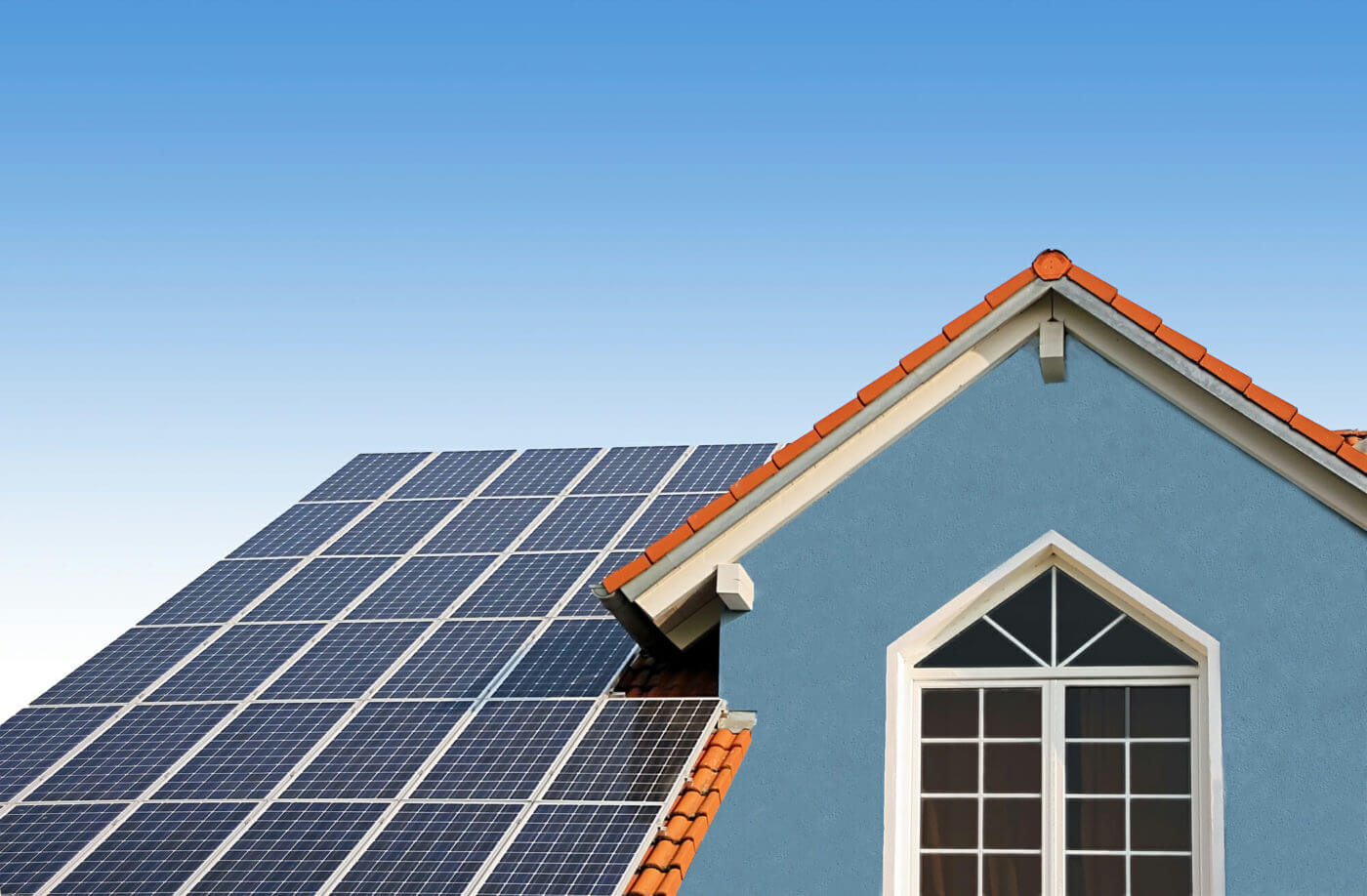Top Guidelines Of Solar Systems
Wiki Article
4 Easy Facts About Solar Systems Explained
Table of ContentsThe 20-Second Trick For Solar SystemsUnknown Facts About Solar SystemsThe Greatest Guide To Solar SystemsThe Ultimate Guide To Solar Systems
There are 3 different sorts of solar panels: monocrystalline, polycrystalline, as well as slim film. Monocrystalline solar panels are very effective and have a sleek style, yet come at a greater rate point than other solar panels. Polycrystalline solar panels are cheaper than monocrystalline panels, nevertheless, they are much less efficient as well as aren't as visually pleasing.Nowadays, there are numerous varieties of monocrystalline solar panels on the marketplace to select from. Passivated Emitter and also Rear Call cells, even more frequently described as PERC cells, are coming to be a progressively preferred monocrystalline alternative. PERC cells undergo a various manufacturing and also setting up process that boosts the quantity of electrical energy the cells can generate.
Due to the fact that monocrystalline solar batteries are constructed from a single crystal of silicon, electrons have the ability to conveniently stream throughout the cell, boosting overall efficiency. Not just do monocrystalline panels have the highest possible performance rankings, they generally likewise have the highest possible power capability ratings, as well. Many monocrystalline panels on the marketplace today will have a power outcome ranking of a minimum of 320 watts, but can go up to around 375 watts or higher!.
Because polycrystalline cells consist of several silicon cells, the electrons can stagnate as conveniently and also because of this, reduce the efficiency of the panel. The lower efficiency of polycrystalline panels likewise indicates they often tend to have a reduced power result than monocrystalline panels, normally varying in between 240 watts and 300 watts.
The Only Guide to Solar Systems
In order to fulfill your energy needs, you would require to set up even more thin film panels over a large area to generate the very same quantity of electrical energy as crystalline silicon solar panels. This is why slim movie solar panels don't truly make feeling for residential setups where area is limited.The temperature coefficient informs you how a lot the power output will certainly lower by for every 1 * C over 25 * C the panel gets. The common temperature coefficient for mono as well as polycrystalline panels generally drops someplace in between -0.
With some thin movie panels, it's tough to also see the individual cells within the panel. They also often tend to have less electrical wiring and busbars, suggesting there's less white area. Because they are so inefficient, you would need to cover like it your entire roof covering in thin film panels - which may or may not be your design.

Some manufacturers have worked around this with black packaging or shaping the cells in a different way, however these aesthetic changes can affect both the rate and efficiency of the panels. In general, monocrystalline panels still look smooth, yet they're a little bit extra obvious than slim movie panels. solar systems. The procedure in which polycrystalline solar cells are produced causes the cells to have a blue, marbled appearance.
The smart Trick of Solar Systems That Nobody is Discussing
If you're on a tight spending plan, polycrystalline panels might make even click here now more feeling for you. We do not suggest slim film photovoltaic panels for residential installations - their performance and resilience do not make the affordable worth it, as well as it's unlikely you'll have virtually adequate area to mount the number of slim film panels you would need to cover your family electrical power usage.Because they are made from pure silicon, they can be readily determined by their dark black color. Making use of pure silicon also makes monocrystalline panels one of the most space-efficient and longest-lasting among all three solar panel types. Nonetheless, this comes with a cost a great deal of silicon is lost to create one monocrystalline cell, sometimes reaching over 50%.
/types-of-solar-panels-pros-and-cons-5181546_finalcopy-93f1db65349840bdba2822f75fa592f9.jpg)
Amorphous silicon panels (A-Si) obtain their name from their shapeless nature. Unlike mono-and polycrystalline solar batteries, the silicon is not structured on the molecular degree. Usually, an a-Si cell calls for just a portion of the silicon required to produce common silicon cells. This allows them to have the cheapest manufacturing price, at the expenditure of performance.
An Unbiased View of Solar Systems
50 $0. 50 $0. 50 Note that these numbers don't consist of the price of installation as well as labor.
This suggests that thin-film panels can go to this website be an excellent choice for hotter atmospheres or areas that experience even more sunshine throughout the year. The updated International Building regulations of 2012 calls for photovoltaic panels to match the fire score of the roofing where they are installed. This is to ensure that the modules do not increase the spread of flames in the event of a fire.
Report this wiki page